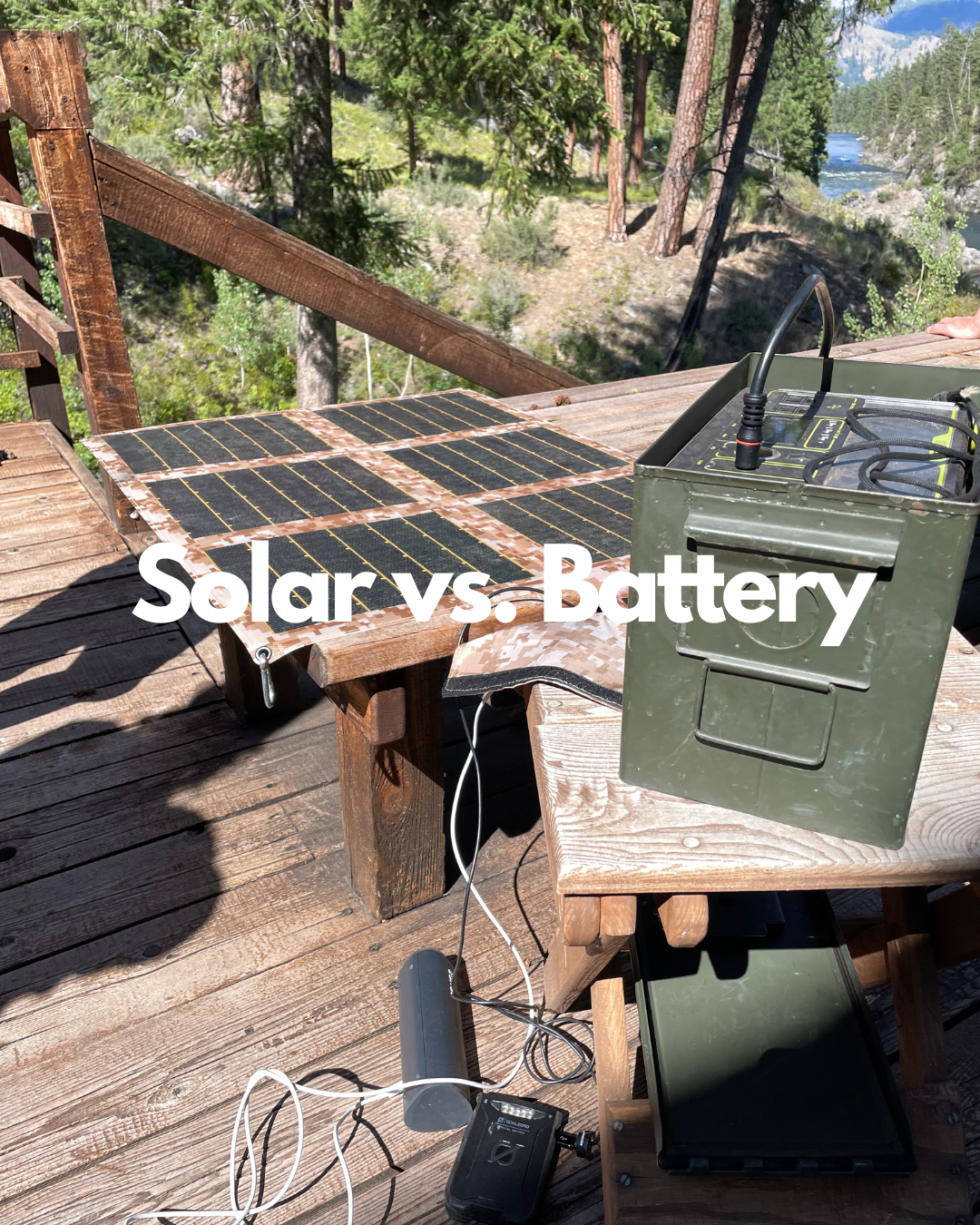How we rate our solar panels

Unfortunately when it comes to solar panels, what you see is not always what you get in terms of the amount of power a solar panel will generate in real life conditions vs what the panel is rated for (or what it claims to be able to generate). As a consumer, this can be quite frustrating…could you imagine buying a car that claims to get 25MPG but it actually only gets 20MPG? Sounds disingenuous to us.
The solar panel industry rates products using Standard Test Conditions (STC)… which apparently are not very standard as we’ve never run into these conditions in the field. For those curious, STC for solar panels is 1000W/m2 of solar irradiance with a panel temperature of 77F at sea level with an air mass of 1.5. Maybe this exists at certain clear days, on the beach at the equator, but so far we have not found these standard testing conditions.
In reality, you’re most likely going to deal with any number of variables that are going to effect your solar panel’s performance. These variables may include sun angle, particulate in the air, and temperature, not to mention environmental variables like clouds, trees and dust accumulating on the panel itself. All of these can combine to reduce a solar panels maximum power production by 20% or more, even on the sunniest of days.
So why do we even include these ratings on our panels if we know the actual output will be less than stated? Fair question, but essentially it lets our panels be compared to competitors by conforming to industry standards. That said, we’ll always be forthcoming in the amount of power you can expect to generate in the field in our IRL rating. These ratings come from countless field tests in a variety of temperatures, elevations, latitudes and sun angles.
While not perfect, we’ll always be upfront about our imperfections. If you have any questions about power ratings or what size solar panel you need to charge a particular device, feel free to drop us a line here.
Charge on.



